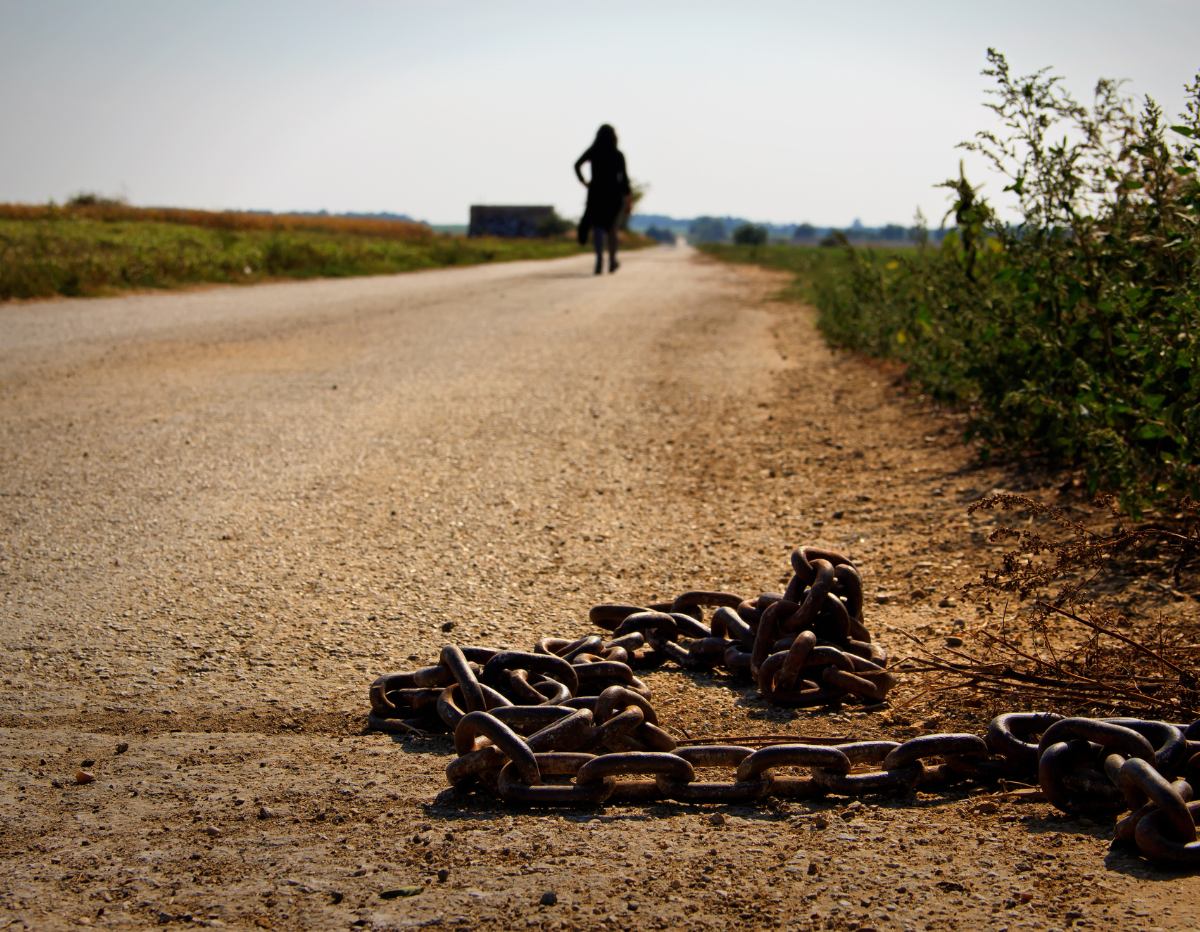
Introduction
Welcome, dear readers, to a journey through the intertwined threads of history, injustice, and the pursuit of a more equitable future. At Equal Justice USA (EJUSA), we set our focus with precision on dismantling the pervasive structures of anti-Blackness ingrained within the American criminal legal system.
Historical Roots and the Legacy of Virginia Slave Laws
Let’s rewind the clock to the early days of European migration to America. Most of the Europeans who embarked on this journey were not masters of the sea; they were indentured servants seeking new opportunities. In exchange for passage across the Atlantic, they willingly entered into servitude for several years. Once their contracted period was up, they were granted freedom.
Now, contrast this with the stark reality faced by enslaved Africans. Unlike their European counterparts, enslaved Africans were forcibly brought to America, enduring the horrors of the transatlantic slave trade. As time passed and enslaved Africans and European indentured servants began to unify against their common oppressors, the Virginia Slave Laws of the 1600s altered the course of history.
In 1661, the Virginia Slave Law allowed any free person the right to own slaves. The subsequent law in 1662 was even more insidious – it declared that a child born to a slave mother is a slave, while a child born to a free mother is free. This codification in American law marked a chilling distinction: enslaved Africans were considered property.
As if that weren’t enough, the Virginia Slave Law of 1669 cemented the dehumanization. It stated that a slave master, or a person acting under the master’s orders, could not be charged with murder for killing his slave, as the slave was deemed his own property.
Post-Slavery Laws: Unnecessary Sequels
Now, let’s fast forward to the mid-19th century, where the nation found itself embroiled in the Civil War, a conflict that had slavery at its core. In 1861, the nation plunged into a tumultuous struggle that sought to address the fundamental issue of slavery. The tipping point came with President Abraham Lincoln’s issuance of the Emancipation Proclamation on January 1, 1863, declaring freedom for enslaved individuals. However, the South wasn’t about to relinquish its grip so easily.
Despite the Emancipation Proclamation being issued in 1863 and the 13th Amendment being ratified in 1865, the grip of slavery persisted in a complex and illegal manner. The Texas governor refused to accept the Union victory and included the 13th amendment in the Texas Constitution until 1866. The shift from slavery to sharecropping brought minimal change for Black people. Engaged in the same labor, on the same plantations, they found themselves earning meager wages. The post-Civil War era, known as Reconstruction, unfolded with former slave owners receiving reparations for the loss of income from slavery. This period, however, did little to uplift the lives of freedmen as they faced severe restrictions imposed by the Black Codes. These codes, characterized by broad vagrancy laws, empowered local authorities to arrest freedpeople for minor infractions and subject them to involuntary labor. In some cases, Black people were even punished for imaginary infractions, such as looking at a white person in the eye or whistling in the direction of a white woman. The punishment for these perceived transgressions was invariably some form of racial terror, specifically lynching. The control and oppression of Black people continues to be a hallmark of the criminal legal system.
Connection to the Present
The echoes of slavery reverberate in the shadows of our present-day justice system, woven into the fabric of the prison-industrial complex. Following emancipation, lynchings evolved into legal capital punishment and Southern towns seized upon any pretext, criminalizing formerly enslaved men and women for minor offenses such as vagrancy and curfew violations. This insidious practice allowed for the re-enslavement and, eventually, the mass incarceration of free Black Americans. The 13th Amendment, often hailed for abolishing slavery, carries a dark loophole that perpetuates this connection:
“Neither slavery nor involuntary servitude, except as a punishment for crime whereof the party shall have been duly convicted, shall exist within the United States, or any place subject to their jurisdiction.”
Leaders and lawmakers created this loophole to create a system where incarceration disproportionately affects Black individuals, revealing the persistent ties between historical oppression and the contemporary prison system.
EJUSA’s Focus on Anti-Blackness and Trauma
At EJUSA, our commitment goes beyond dismantling structures of anti-Blackness within the American criminal legal system. We understand the profound impact of history on communities of color, the trauma inflicted, and the cycles of violence that persist. By acknowledging the intricate connection between the historical roots of slavery, the unjust post-slavery laws, and the contemporary prison-industrial complex, we strive to break the chains of this legacy. As we navigate these challenges, EJUSA stands as a torchbearer, advocating for healing over retribution. Join us in steering towards a future where justice isn’t just an ideal but a lived reality, where the wounds of the past are addressed, and the promise of equality is fulfilled.



